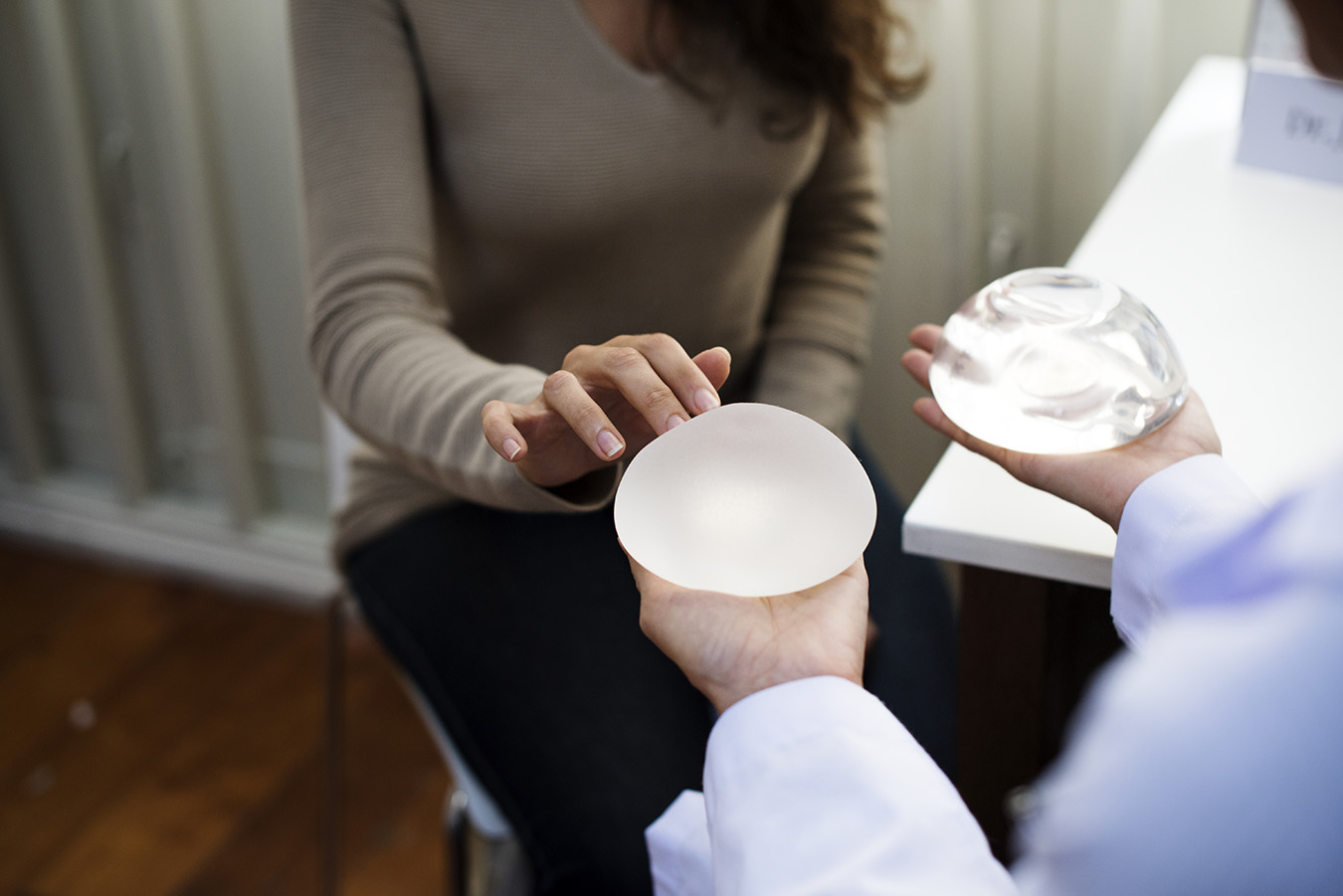New Regulations for Breast Implants

Breast augmentation – or breast implants – remains one of the most common cosmetic plastic surgeries in the U.S., and South Florida can claim to be a hotspot for the procedure.
“In the past 20 years, Miami has become the cosmetic surgery capital of the world,” says Devinder Singh, M.D., chief and program director of the Division of Plastic Surgery at the University of Miami Health System. “We do many breast augmentations here at the U. Our plastic surgeons are recognized for quality, safety, and professionalism.”
The procedure’s popularity serves as a good reason to examine the recent updates to breast implants’ safety requirements.
After several years of study, the U.S. Food and Drug Administration strengthened several recommendations “to increase patients’ access to clear and understandable information about the benefits and risks of breast implants” and “to close information gaps for anyone who may be considering breast implant surgery.”
These updated breast implant guidelines include:
- a warning of risks on all boxes of breast implants
- restricting implant sales only to providers and health facilities that review potential risks of the devices with patients before surgery through a “Patient Decision Checklist.”
- updated screening recommendations for silicone gel-filled breast implant rupture
- a device description with a list of specific materials used in the implant device
- a patient device card
The new guidelines are not unexpected, as the safety of breast implants has been a topic of medical and popular discussion for decades. As far back as the early 1990s, stories about Breast Implant Illness (BII) began making the round of headline news. Reports revealed that BII was marked by several symptoms, such as fatigue, memory loss, and joint pain. As a result of these stories, some women chose to remove their implants. In addition, hundreds of lawsuits were filed against Dow Corning for health issues linked to ruptured silicone gel implants, and the company would eventually file for bankruptcy.
Concern for patients’ health prompted the FDA to call for a voluntary moratorium on the use of silicone gel breast implants in January 1992.
In April of the same year, the agency further advised that silicone breast implants be allowed for medical reasons, including post-mastectomy reconstruction in breast cancer patients.
To this day, BII isn’t officially recognized as a condition. In 1999, the Institute of Medicine published a study that said there was no evidence that the implants caused these problems. In 2006, after carefully weighing the evidence, the FDA lifted the restrictions on silicone implants. Two years later, breast augmentation became the most popular cosmetic surgery in the country.
“Breast implants remain very, very safe in comparison to other medical devices,” Dr. Singh points out. “But there’s a persistent belief in breast cancer illness, despite the scientific evidence proving that they are safe. Why else would the FDA allow us to use them in cancer patients, especially during their own moratorium on cosmetic implantation? It didn’t make any sense to ban implants in cosmetic patients but not cancer patients.”
All this “noise and chatter” about breast augmentation surgery makes it “a very loaded topic,” he adds. For example, it’s not unusual for patients to request exchanging implants because they believe pseudo-scientific information they’ve read online or on social media about implants’ lifespan or risks.
There’s this myth on the internet that implants must be changed every 10 years. Not true. If ain’t broke, you don’t have to fix it.
Dr. Singh
Implants can last as long as 20 or 30 years. However, he adds, patients should not expect the devices to last a lifetime. What’s more, a patient’s own personal aesthetics may change over time. Some may want a replacement for a larger — or smaller — cup size.
Much has changed since the FDA moratorium.
Surgeons now use fifth-generation silicone gel implants.
Implants contain a cohesive silicone gel, not a liquid or oil. If the implant shell breaks, the gel doesn’t go anywhere.
Dr. Singh says patients should also take into account that certain complications can result over the lifetime of an implant which might require additional surgeries. One is capsular contracture, which causes scar tissue to tighten around the implant. This causes the breast to change shape, shift, or feel painful. It happens in 10 to 20% of the cases.
A more serious but uncommon complication is breast implant-associated anaplastic large cell lymphoma, known as BIA-ALCL.
This is not breast cancer but a cancer of the immune system, and it occurs in patients who have breast implants with textured surfaces. This cancer is rare and, if diagnosed early, it is highly curable.
Dr. Singh recommends that a woman considering breast augmentation or breast reconstruction review her options and discuss the risks and benefits of the procedure with her board-certified surgeon. (Now, the FDA is asking surgeons and patients to document their conversation about implant-related dangers in the new checklist.)
Once breast augmentation has been completed, patients should continue their annual breast cancer screenings, making sure to inform the mammography facility that they have breast implants. Also, a patient should monitor her implants regularly. The FDA recommends that patients with silicone implants get regular MRI or ultrasound screenings to detect possible silent ruptures.
And if you notice any unusual changes in your breast, report these promptly to your surgeon.

Ana Veciana-Suarez, Guest Columnist
Ana is a regular contributor to the University of Miami Health System. She is a renowned journalist and author who has worked at The Miami Herald, The Miami News, and The Palm Beach Post. Visit her website at anavecianasuarez.com or follow @AnaVeciana on Twitter.
Tags: breast augmentation, breast health, breast implants in Miami, Dr. Devinder Singh, healthy breasts
